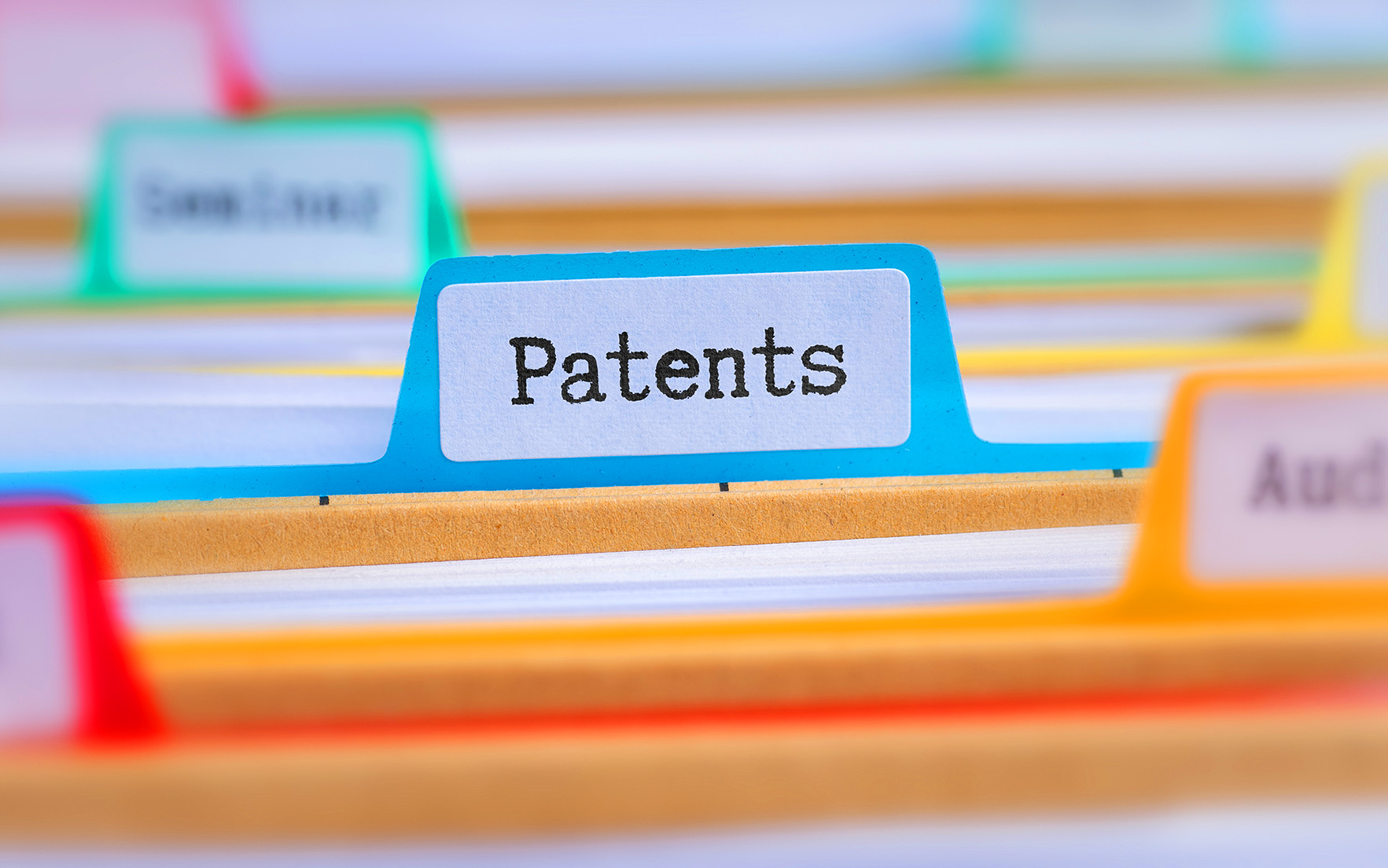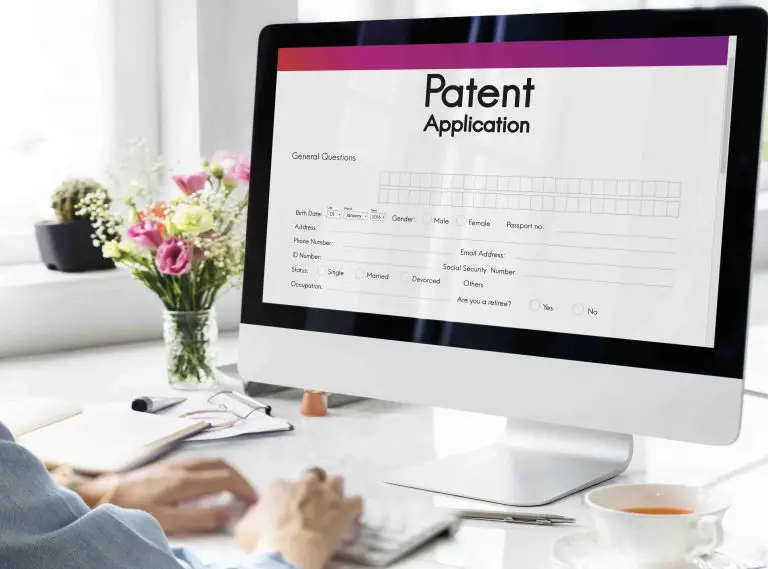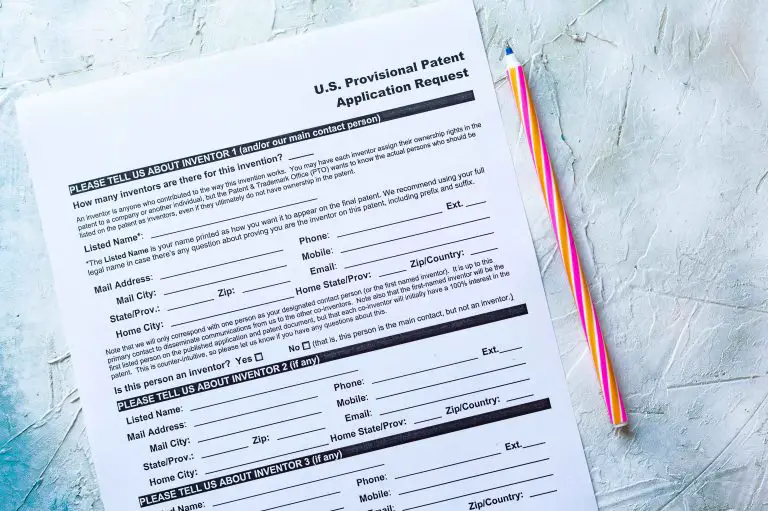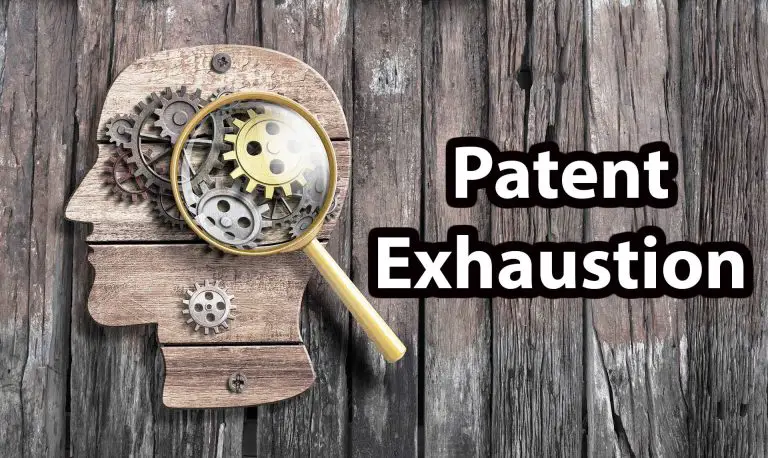How Long is a Utility Patent Good For?
Whether you have an invention or you’re just curious about knowing how long a utility patent is good for, you’ve come to the right place. The USPTO gives inventors of new machines, processes, compositions of matter, or articles of manufacture a monopoly over their invention for a limited period of time. So, how long does a utility patent last? We will answer this question below.
How Long is a Utility Patent Good For in the United States?
According to the USPTO, a utility patent is good for 20 years in the United States from the date an applicant files his utility patent application with the USPTO (United States Patent and Trademark Office).
During the 20-year patent term, a patent holder will be able to restrict others from using, making, selling, offering to sell, and importing his patented invention to the United States without his express permission.
If you see that someone has an active or granted patent, make sure that you do not use, copy, or sell his invention without his permission. If anyone uses, makes, or sells a patented invention without the patent holder’s permission, the patent holder may sue for patent infringement.
Since utility patents are good for 20 years, the patent holder can, during the patent term, sell his invention while having the power to stop others from selling his patented invention, giving the patent holder an advantage in the market.
Once the patent expires after the 20-year patent term is up, the invention falls into the public domain, meaning the invention can be used, made, or sold by anyone without having to obtain the patent holder’s permission.
So, now we know a patent lasts for 20 years from the filing date of the earliest patent application, how do you figure out the filing date? We will answer this below.
If you filed a provisional patent application prior to filing a (regular) nonprovisional patent application, your patent term is measured from the filing date of your nonprovisional patent application and the priority date for your invention will be the date you filed your provisional patent application.
On the other hand, if you only filed a (regular) nonprovisional utility patent application, your patent term is measured from the filing date of your nonprovisional utility patent application and your invention priority date is also the date you filed your nonprovisional patent application.
So, why do some inventors choose to file a provisional patent application before filing a full nonprovisional patent application?
Some inventors choose to file a provisional patent application before filing a nonprovisional patent application because provisional applications are much easier and less costly to prepare and file than a full patent application.
Also, a provisional patent application, like a nonprovisional patent application allows an inventor to mark and advertise his product as patent pending. That said, a provisional patent application only lasts for 12 months and does not become a patent, only a nonprovisional application can result in a granted patent.
Within the 12 month period, while a provisional patent application is pending, an inventor must file a nonprovisional patent application that claims the benefit of an earlier-filed provisional patent application to get a patent, as well as benefit from the earlier filing date of the provisional patent.
Why do inventors rush to file a provisional patent application?
Inventors often rush to file a provisional patent application because the United States has a first to file rule that grants a patent to the inventor who first files a patent application for his invention.
For example, if you invent a new type of electric toothbrush first and someone else invents the same electric toothbrush after you do and files a provisional or nonprovisional patent application with the patent office, he will be granted a patent and your application will be rejected even though you invented the toothbrush before he did.
Therefore, it’s important that you file a patent application with the patent office as soon as you can describe how to make your invention and how to use it, so that if someone else files a patent application for the same invention, your invention will have priority of theirs and you will get the patent and they will not.
How Long Does it Take to Get a Utility Patent?
According to data from the USPTO, it currently takes 24 months to get a utility patent. The 24 month period it takes to get a utility patent begins at the moment that you file a regular nonprovisional patent application with the USPTO.
If you filed a provisional patent application, the 24 month waiting period does not start until you file your regular nonprovisional patent application with the patent office.
Once you file your nonprovisional application with the patent office, your application is then assigned to an art unit and placed in a queue of patent applications for examination. The entire process normally takes 24 months while the patent office prosecutes your patent application.
Patent Rebel Tip: Many inventors don’t know this but you can expedite your application through a service provided by the USPTO. The USPTO has a service called Track One that expedites your patent application. Track One promises to give you a decision on your utility patent application within 12 months of filing a regular nonprovisional patent application. That said, this service is not free and not everyone can use it. To be able to use Track One you have to apply and be accepted to use Track One.
So, if you’re in a rush to get your invention patented, you should ask your attorney about Track One to get your utility patent application approved more quickly as Track One will get you a decision within less than 12 months, which is insanely fast for a utility patent.
How Long is a Patent Valid For?
As we’ve mentioned above, utility patents are valid for 20 years from the date an applicant files a nonprovisional patent application with the patent office.
That said, for a utility patent to remain valid for 20 years, a patent holder must make three required maintenance fees at 3.5 years, 7.5 years, and 11.5 years. Maintenance fees range from a few hundred dollars to thousands of dollars, depending on the size of the patent holder’s business.
Design patents, on the other hand, are valid for 15 years from the date the patent office grants a design patent application. To keep a design patent valid, maintenance fees are not required as they are only required for utility patents.
What Happens When a Utility Patent Expires?
Once a utility patent expires because the patent term has ended, the once patented invention falls into the public domain.
So, what’s does public domain mean?
Public domain means that anyone from the public can use the patented invention without having to obtain the patent holder’s permission because the utility patent holder no longer has the right to stop others from using, making, and selling his invention without his permission.
That said, utility patents can expire for a different reason, which is the nonpayment of maintenance fees. If a patent expires for nonpayment of maintenance fees, the patent holder can reinstate the utility patent by paying the outstanding maintenance fees, as well as a late fee. Once the fee is paid, the patent will go back to its grant status.
If a patent holder does not pay the maintenance fees, the patent expires and the patent holder will no longer enjoy a monopoly over his invention.
Patent Rebel Tip: If you have a patent that is going to expire because the patent term has ended, you know that your patent cannot be renewed, but you can definitely improve upon your existing invention and then patent those improvements. This is one way that you could continue to profit from your invention or product.
Frequently Asked Questions
1) How long is a utility patent valid for in the US?
A utility patent is valid for 20 years from the date that the applicant files his regular utility patent application with the patent office. A utility patent can expire because the patent term has ended or the maintenance fees have not been paid. If the patent expired because the patent term has ended, the patent cannot be renewed, however, if the patent expired for nonpayment of maintenance fees, it can be revived by paying the maintenances fees along with a late fee.
2) How do you know when a patent expires?
You can calculate the date a patent expires by looking at the filing date listed at the top of a utility patent. If the patent was filed on or after June 8th, 1995, add 20 years to the filing date and you should be able to find out when it expires. For example, a patent that has a filing date of January 1, 2000, will expire on January 1st, 2020.
3) Can a utility patent last forever?
A utility patent in the US cannot last forever. At most, a utility patent can last for 20 years from the date an applicant files a utility patent application with the patent office. You can sort of extend the life of your patent by patenting improvements to your patented invention and continuing to control who uses your invention as its improved.
4) Can you patent your invention with a utility patent and a design patent?
Yes, you can patent the functional aspects of your invention (how your invention works) by using a utility patent and you can also file a separate design patent application to protect the appearance of your invention (how your invention looks). Having both a utility patent and design patent increases the value of your intellectual property because you can stop others from making not only a similarly working invention but also an invention that functions differently but looks the same.
How Long Are Utility Patents Good For?
At this point, you should know that utility patents are good for 20 years from the date an applicant files a utility patent application with the USPTO. Once the patent office grants a utility patent application, the utility patent holder will be able to restrict who uses, makes, and sells his patented invention. If anyone uses the patent holder’s invention without his permission, they may be committing patent infringement. So, now you know how long utility patents are good for. If you have any other general questions or comments, please feel free to leave them in the comments section below.







